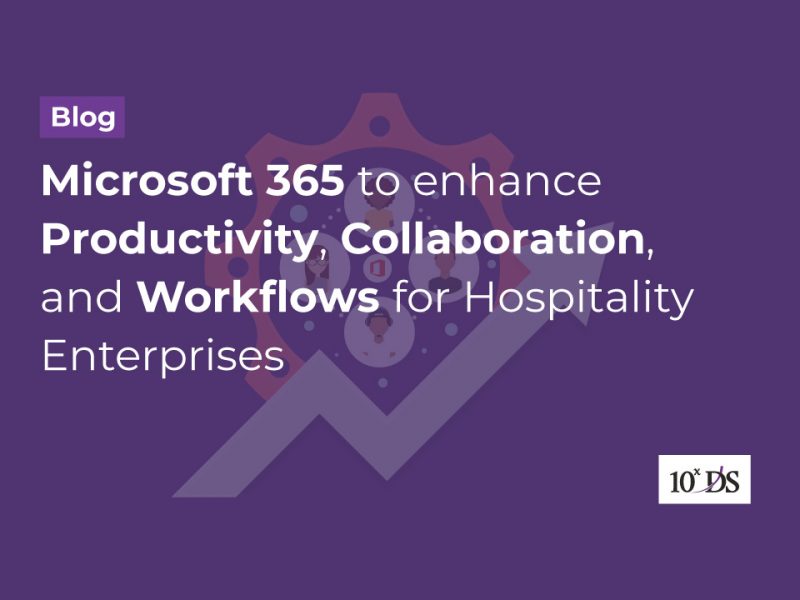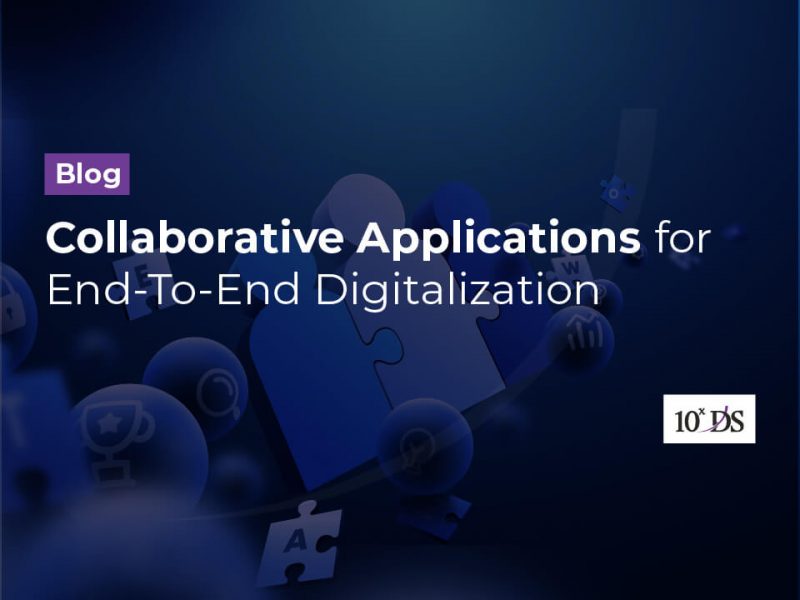
Why Choose Microsoft Azure Sentinel For SIEM?
The increased number of sophisticated cyber security threats has made it essential for organizations to implement effective security protocols and tools to ensure safety. For threats and issues that are more complex, advanced and nuanced solutions are the need of the hour without any doubt. Microsoft Azure Sentinel has emerged as an unmatched SIEM as of today. A recent study by Forrester on those companies invested in this platform, found that benefits of Microsoft Sentinel are manifold including increasing the productivity of their security teams, simplifying operations, decreasing their total cost of ownership, and realizing a return on investment (ROI) of 234%.
Microsoft Azure Sentinel Emergence as an Unmatched SIEM
If you are unfamiliar with the term SIEM, it actually stands for Security Information and Event Management. In simple words, SIEM is the name given for the tools that are designed to deal with threats that are identified after detection check-ups.
There are multiple SIEMs out there in the market and some of them are LogRhythm, ArcSight, Splunk, and QRadar. What makes Microsoft Azure Sentinel different from all these is its infrastructure. Sentinel comes with cloud-based infrastructure. As a service that is natively built for the cloud, it is easy for organizations that have already subscribed to Microsoft Cloud services to activate and use Sentinel. It is designed to get deployed in the Azure tenant. So, organizations can use it from the convenience of their Azure Portal.
What is even more fascinating is that most organizations will not have to amend their policies to start using this service if they are already into Microsoft Cloud Services. All security policies that Sentinel brings forth are in total agreement with the same across other Microsoft cloud services. Furthermore, Sentinel enjoys the benefit of elastic computing and storage, as these two capabilities come as built-in functionalities with Azure. And this is a great plus for Sentinel as compared to existing log-based SIEMs out there in the market.
Another merit is that if you are using other SIEMs, you will have to opt for add-on services like PaaS (Platform as a service) and IaaS (Infrastructure as a service). On the other hand, these two options come as built-in features with Sentinels.
Benefits of Microsoft Sentinel over other SIEMs
Microsoft Sentinel is undoubtedly one of the best SIEMS currently available in the market when we consider its extensive features, capabilities, and integration options. Here are a few reasons why should choose Microsoft Sentinel over other SIEMS.
1. It sorts out logs easily
Checking logs is the most effective way to locate threats, identify where it comes from, how often it occurs, and more. Businesses should try to develop and implement a proper system to categorize these logs and notify them of the risks. With Microsoft Azure Sentinel, it becomes easy for the organizations to keep track of the logs and effortlessly sort them out. Configuring Sentinel with your existing LAW (Logs Analytics Workspace) is rather simple as you have got a very simple and user-friendly UI for the same.
2. SOAR
SOAR stands for Security Orchestration and Automated Response. Sentinel comes with an automation capability supported by Azure Logic Apps. In the context of cybersecurity, this automation feature is referred to or recognized as SOAR. When a security alert is given out, a series of actions and procedures will be initiated by this system. Depending on the nature of the alerts, one can customize how the SOAR should be initiated – whether they should be triggered manually or automatically.
3. Threat Intelligence
Threat indicator is another popular and widely discussed feature of Azure Sentinel. When any threats are noticed on IP addresses or URLs or file hashes, a notification regarding the same is generated and sent to the users. It is also referred to as Indicators of Compromise (IoCs). This feature allows the IT team to take proactive steps to deal with those threats. Microsoft Sentinels comes with the framework to facilitate powering analytical rules that will trigger threat detection and alerting.
4. It acts as a One-Stop-Shop for various Data Collection needs
Collecting data, sorting, and identifying the threat is one of the major tasks that a SIEM must handle. But what if the companies use cloud resources other than Microsoft Azure? Can it be still used for such use cases – say a Google Cloud or AWS (Amazon Web Services)? The answer is yes. Microsoft Sentinel is as effective on third-party cloud platforms as on Azure. It can also be used in tandem with other security tools, firewalls, SaaS, and on-premise networks.
Conclusion
When it comes to threat detection and triggering automation for averting actions, there is a huge database of resources for organizations to use (Sentinel community). This database consists of downloadable resources such as updated workbooks and playbooks. Microsoft Azure Sentinel promises an end to the endless troubles with cybersecurity. As this brings together both SOAR and threat intelligence, organizations get to enjoy a more organized environment to respond to even the most sophisticated threats across numerous resources.
Talk to our cybersecurity and Microsoft experts to know more about Microsoft Azure Sentinel and its implementation in your enterprise.


